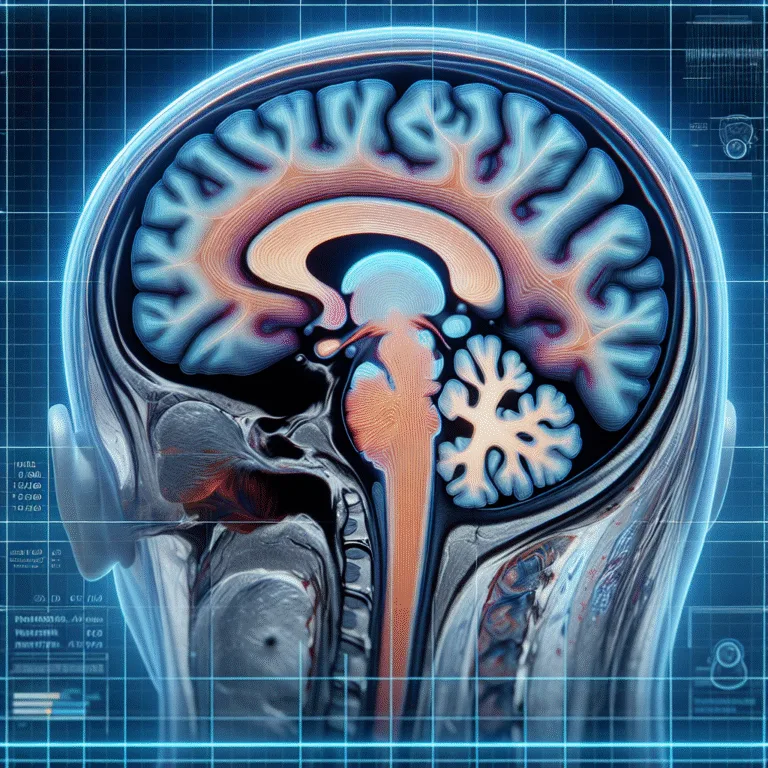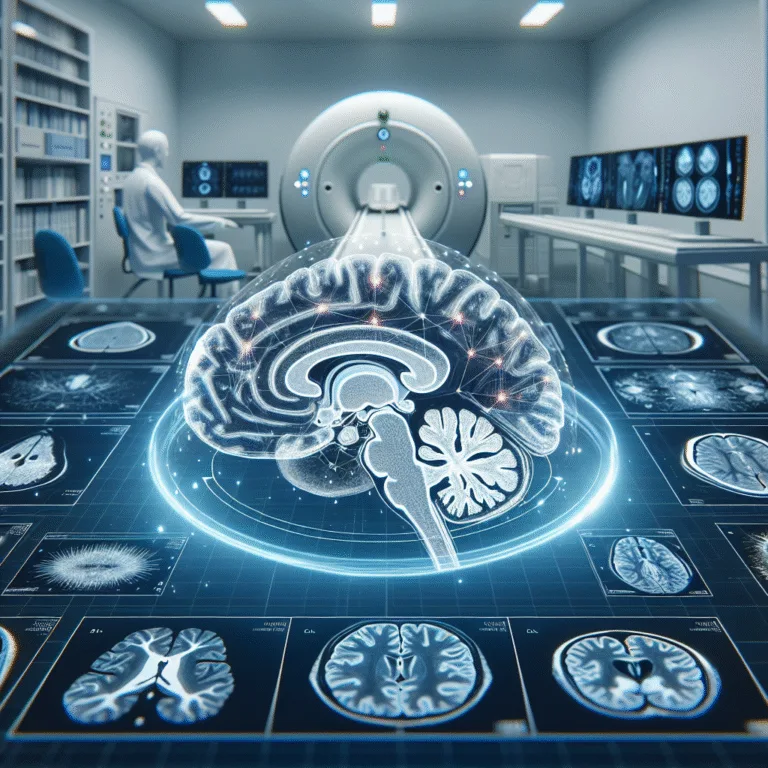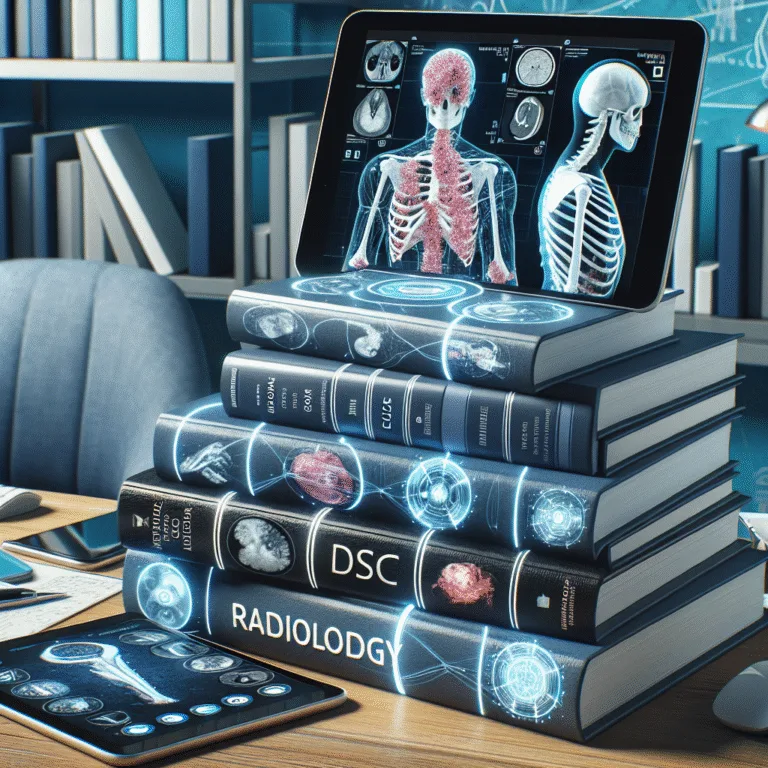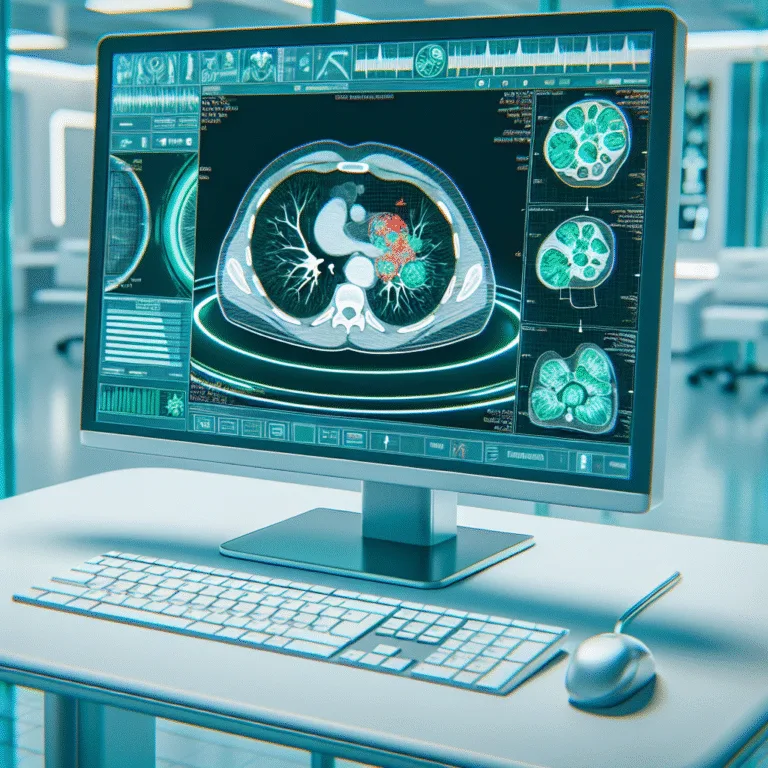Top 7 Common Radiology Reporting Errors and How to Avoid Them
In the dynamic field of radiology, precision in reporting is pivotal for effective patient management and treatment. However, even the most seasoned radiologists can occasionally make errors in their reports, which can significantly impact clinical decisions. Understanding and mitigating these errors can enhance the quality of care and streamline diagnostic workflows. Here, we outline the top seven common radiology reporting errors and provide strategies to help avoid them, leveraging tools like structured reporting and AI.
1. Perceptual Errors
Perceptual errors occur when radiologists fail to detect abnormal findings on imaging studies, even when abnormalities are present. This type of error is infamous for contributing to misdiagnosis.
Prevention: Incorporating a “double reading” practice, where a second radiologist reviews the image, can minimize perceptual errors. Additionally, using AI-powered diagnostic tools, such as Rad Report AI, can aid in highlighting potential areas of concern, ensuring nothing is overlooked.
2. Interpretive Errors
Interpretive errors emerge when a finding is detected correctly but is misinterpreted regarding its significance or implications. These errors can lead to inappropriate follow-up recommendations or treatment plans.
Prevention: Continuous education and training in the latest imaging techniques and pathologies are crucial. AI can assist by providing evidence-based insights, ensuring interpretations align with current medical guidelines.
3. Reporting Oversights
Oversights in reporting often involve the omission of significant information that is essential to the clinical diagnosis or management plan.
Prevention: Implementing structured reporting templates ensures all crucial elements are covered in the report. These templates can be further enhanced with decision-support systems that suggest omissions requiring attention.
4. Documentation Errors
Documentation errors involve inaccurate or incomplete recording of clinical and imaging findings, leading to confusion or miscommunication among healthcare providers.
Prevention: Utilizing voice-recognition software, combined with AI-assisted dictation systems like Rad Report AI, helps ensure completeness and accuracy, reducing manual entry errors.
5. Communication Failures
Ineffective communication of radiology findings can result in misinterpretation by referring physicians, adversely affecting patient care.
Prevention: Clear, concise, and direct communication is key. Ensuring reports are structured and standardized reduces ambiguity. Regular inter-disciplinary meetings and discussions can also improve understanding and implementation of radiological findings.
6. Inconsistent Terminology
The use of inconsistent or non-standard terminology can lead to misunderstandings between radiologists and other healthcare providers.
Prevention: Adopting and adhering to standard terminology guidelines, such as those provided by the American College of Radiology, helps maintain uniformity and clarity in reporting. AI systems can assist by suggesting standardized terms for different findings.
7. Technology and Operation Errors
These errors are related to the misuse or malfunction of imaging technology, resulting in compromised imaging quality or incorrect data interpretation.
Prevention: Regular maintenance and calibration of imaging equipment are vital. Radiologists and technologists should be trained continually on the latest technology to optimize the quality and accuracy of imaging.
The Role of AI in Minimizing Reporting Errors
Artificial Intelligence is becoming an indispensable asset in radiology by improving accuracy and efficiency. AI systems can perform preliminary read-outs, highlight anomalies, and cross-check findings against databases of imaging studies, providing a second layer of validation before the final report is generated.
Rad Report AI, for example, offers features like automated structured reporting, voice dictation, and AI-generated analytics that support radiologists in crafting precise reports, significantly reducing the potential for human error. By integrating such advanced solutions into the radiology workflow, healthcare providers can enhance report reliability and patient outcomes.
To learn more about how AI is revolutionizing radiology, you can visit the American College of Radiology website and explore resources on imaging technology advancements. Additional insights into error prevention strategies can be found on the Radiology Today portal.
In conclusion, addressing common radiology reporting errors starts with acknowledging their prevalence and impact. By adopting structured approaches and leveraging AI and technology advancements, radiologists can improve report accuracy, elevating the standard of care delivered to patients. Embracing continuous learning and cutting-edge tools ultimately safeguards against the pitfalls of traditional reporting methods, ensuring consistent and reliable diagnostic information dissemination.







